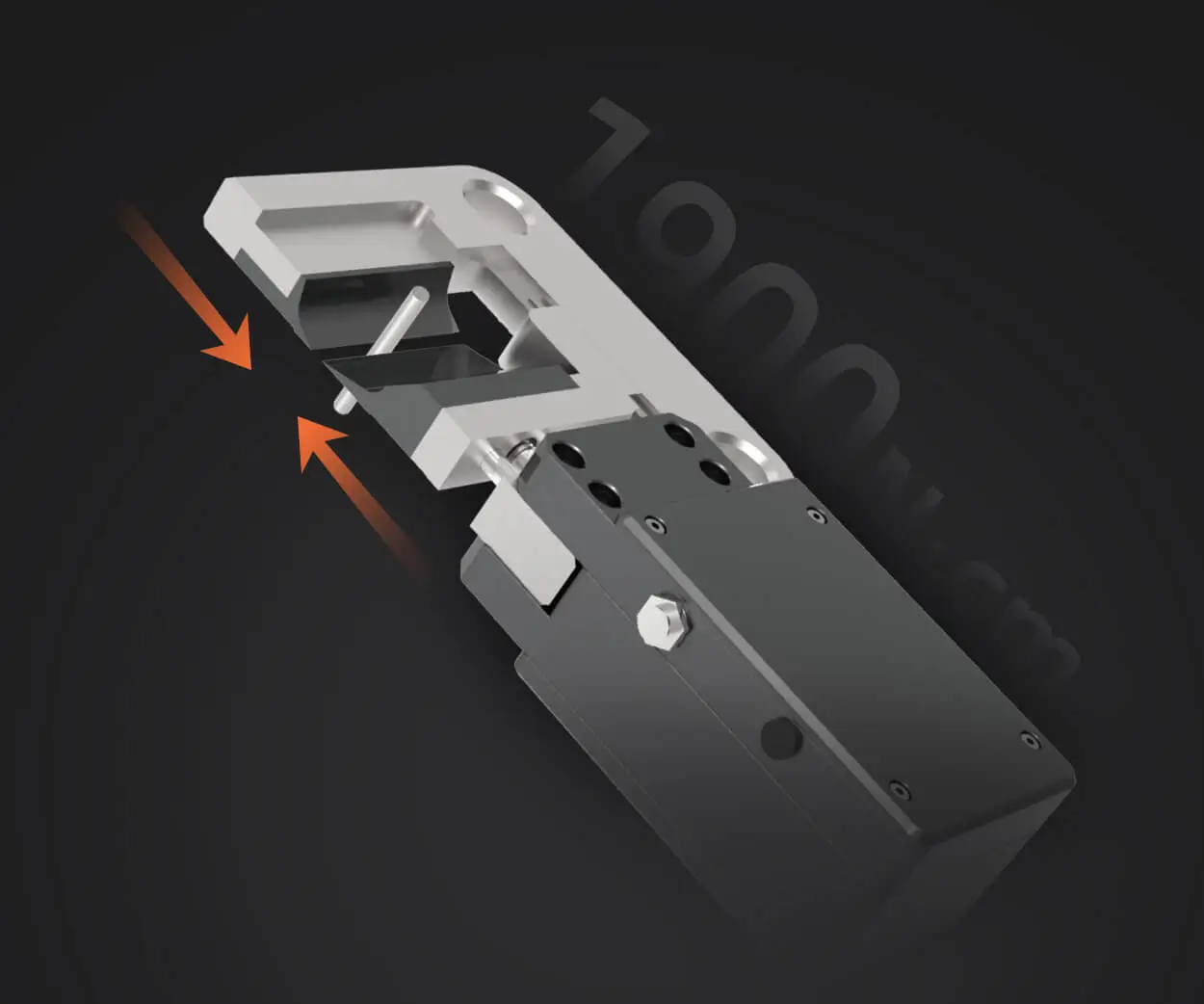Picture this: you're managing a sprawling application ecosystem where dozens of services talk to each other like a busy city street. It works, until suddenly someone slips through the cracks—that one rogue request that sidesteps the rules or gets lost in translation. That’s where choosing the right authorization protocol for microservices becomes not just a technical decision, but a cornerstone of your security strategy.

Easier said than done, right? There’s a jumble of options out there. OAuth 2.0? OpenID Connect? JWT? Each one has its charm, but what really makes one a better fit? Think about OAuth 2.0, for instance. It’s like the VIP pass to your service network—the protocol handles delegated access beautifully, allowing users to grant specific permissions without giving away their entire identity or credentials. Everyone remembers the time they forgot a password and just gave a quick go-ahead — OAuth keeps you from losing control when things get hectic.
But then there’s OpenID Connect, which rides on OAuth’s coattails, adding an identity layer. It’s perfect if you want to know exactly who’s knocking on your door—helpful in scenarios like personalized content or user-specific data. JWTs, on the other hand, are like little sealed envelopes—they’re tamper-proof, easy to verify, and great for stateless interactions. Once signed, they carry all the info needed, making them ideal for quick checks without hitting the database.
In the real world, no single protocol is all-powerful on its own. You might combine OAuth for authorization and JWTs for token management—sort of like having a master key and a detailed guest list. What about scalability? As your platform grows, do these protocols hold up? Well, yes, if implemented thoughtfully. OAuth’s token expiration policies and refresh tokens help keep things fresh while reducing risks of token theft or misuse.
Ever wondered why some companies swear by these protocols? It’s all about control. If you’re building a financial app, you want to make sure that only authorized transactions go through. For a social app, flexible permissions might be the goal. Who’s to say what’s best? It depends on the specific risk appetite and user experience goals.
So, when you step back and think about the big picture—security, usability, scalability—it’s less about cherry-picking one protocol and more about crafting a layered defense. Picking the right authorization protocol isn’t just a tick box, it’s part of your core architecture. It’s about creating a seamless, secure flow of information that users trust and developers can count on. Because at the end of the day, isn’t the real goal making sure your services talk smoothly and securely, every single time?
Established in 2005, Kpower has been dedicated to a professional compact motion unit manufacturer, headquartered in Dongguan, Guangdong Province, China. Leveraging innovations in modular drive technology, Kpower integrates high-performance motors, precision reducers, and multi-protocol control systems to provide efficient and customized smart drive system solutions. Kpower has delivered professional drive system solutions to over 500 enterprise clients globally with products covering various fields such as Smart Home Systems, Automatic Electronics, Robotics, Precision Agriculture, Drones, and Industrial Automation.




































